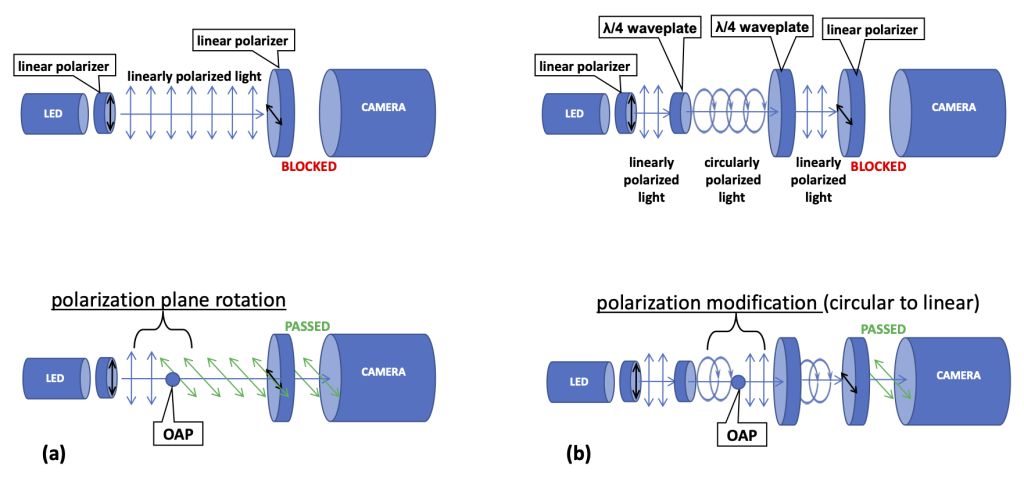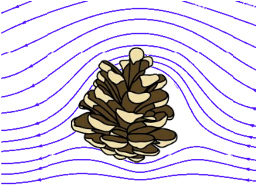Flow visualizations have a long history in the field of fluid mechanics and the dye visualizations in the pioneering work by Osborne Reynolds on laminar to turbulence transition in pipe flows are a famous example. Early flow visualizations using dye or smoke were qualitative but with the advent of more advanced full field methods such as particle image velocimetry (PIV) and particle tracking velocimetry (PTV), it became possible to extract quantitative information on the instantaneous fluid velocity field. Especially in the last two decades, with the advent of tomographi

Imaging of Optically Active Particles
c particle image velocimetry (tomo-PIV) , there has been much progress in performing three – dimensional (3D) flow field measurements, and commercially available systems are now widely used. These volumetric measurements are essential in studying complex, 3D flows including bluff body wakes, turbulent boundary layers, jets, flow-structure interactions as well as particle-flow interactions
Forward light scattering is not leveraged to its full potential by the commonly used quantitative 3D flow measurement techniques. We explore the technique of registering the light transmitted by optically active particles (OAPs) in the study of particle-laden flows. OAPs modify the polarization plane of the incident light (by tilting or rotating it), and as a result the high intensity background illumination can be eliminated by placing the test section between sets of perpendicular oriented linear polarizers with or without quarter-wave plates.
Student working on the project:
Vladislav Rinsky (PhD)
Link to Publication https://rdcu.be/dOb1S
